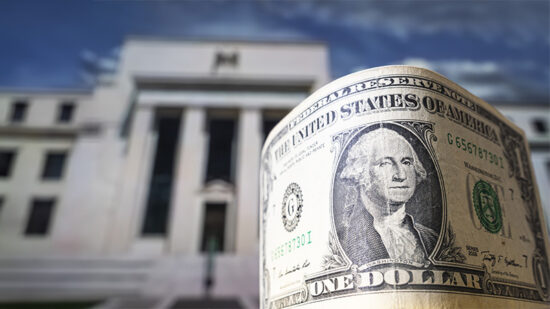Sterling
Sterling had a good week on the Forex markets, gaining ground against both a resurgent US dollar and a still out of favour euro, although the recent tight trading ranges remained in place and volatility continued to be subdued. With the Stock Market starting to grind its way higher, gilts fell, with yields pushing higher through the week.
With no surprises due from the Budget, the economic releases should be of more importance. Inflation is forecast to ease further, and Retail to fall. However, we feel that sterling will continue to be range bound during the week, with perhaps a bias to the upside against both the EUR and USD. We would look for €1.2150 and $1.5900 respectively.
US Dollar
Volatility continues to ease from the Foreign Exchange markets as risk is reduced and currencies start to trade on political and economic news. The USD demonstrates this well, with a weekly range of less than 200 points on against the euro and less than 150 against the pound. Economic data continues to be positive for the US, but the Federal Reserve remains cautious and will continue to maintain a monetary stimulus for the time being.
The Central Bank will not want to see the dollar appreciate too much or too quickly. They will continue to play down the US economy and maintain their stance that US interest rates will remain low for some time. However the markets may see through the rhetoric, and we feel that the dollar will continue to improve against the euro, and remain relatively stable against sterling. GBP/USD gains to 1.5950 are possible through the week, but only if the pound remains strong rather than as a result of negative news in the US.
Euro
The euro continues to suffer against the other major currencies as investors remain wary of the political and economic problems within the bloc. Upcoming Presidential elections in France are creating uncertainty, worries over some southern European countries persist and economic data remains mixed. The currency could be in for a bumpy ride in the short term.
The one thing that investors don’t like is uncertainty. In Europe there continue to be concerns about the financial situation of some nations, while political uncertainty in France and a two speed economy that shows divisions between north and south are also deterring investors. We feel given these short term issues, the Euro could weaken further in the coming days, with 1.2150 possible.
New Zealand Dollar
The pound is up on the week against the kiwi dollar as the diminishing prospect of quantitative easing in the US reduced investor enthusiasm for high yielding, risky assets, although rallying Asian stock markets provided some support.
GBP/NZD has scope to push back above NZ$1.9400 this week, but both are simultaneously gaining on the back of improved risk appetite so dramatic movements are unlikely. Support remains at NZ$1.9000.
Australian Dollar
The GBP/AUD rate tested above A$1.5000 this week on fading hopes for further quantitative easing in the US and news that China has maintained its restrictive monetary policy – denting hopes for an economic growth spurt.
Resistance at A$1.4990 is now back in place after the pound fell versus the US dollar; however, a material break higher is now looking increasingly likely as investors adjust their outlook for US monetary policy and factor in growing fears for a ‘hard landing’ for the slowing Chinese economy. Next resistance levels are at A$1.5120/25 and A$1.5300.
Canadian Dollar
The Canadian Dollar versus sterling movement last week mirrored the moves in GBP/USD, with the pound managing to push back above C$1.5700 from a low of C$1.5460 on Tuesday. News out of Canada was thin on the ground, with the economic releases giving no new clues as to the economy.
The Canadian Dollar continues to perform well and should remain steady versus the USD between C$0.9880 and C$0.9950. Given that we see at firmer GBP/USD rate next week, we feel a level of C$1.5850 on GBP/CAD is achievable, with the only worry being if we see much stronger than expected inflation and sales data.
Chinese Yuan
The yuan reference rate was set higher versus the US dollar on Wednesday, after Premier Wen suggested the currency is close to equilibrium value and indicated a willingness to allow greater flexibility in the rate.
More of the same seems to be on the cards this week with 6.3000 likely to be the lowest rate we see traded.
Japanese Yen
The yen hit an 11 month low versus the US dollar this week before rebounding slightly as the US economy looks to be gathering momentum reducing the chances of further quantitative easing from the Federal Reserve and the appeal of the safe-haven yen.
The pound has also benefitted from this move, although gains have been hindered by sterling’s inability to hold its ground versus the greenback. USD/JPY should push on towards 85.30/55 resistance and then consolidate in that area, with GBP/JPY likely to at least push through resistance at 132.44 and possibly as far as 134.50.
South African Rand
GBP/ZAR scudded along support levels at R11.78 for much of the week before pushing higher in the wake of the more bullish Federal Reserve announcement that diminished the appeal of high yielding risky assets, while domestic demand also undermined the rand.
Support at R11.78 will probably be tested again in the coming week, with the pound struggling to make headway towards R12.20.
For more currency information and the latest currency performance data please visit the International Adviser Currency Zone powered by Moneycorp.








